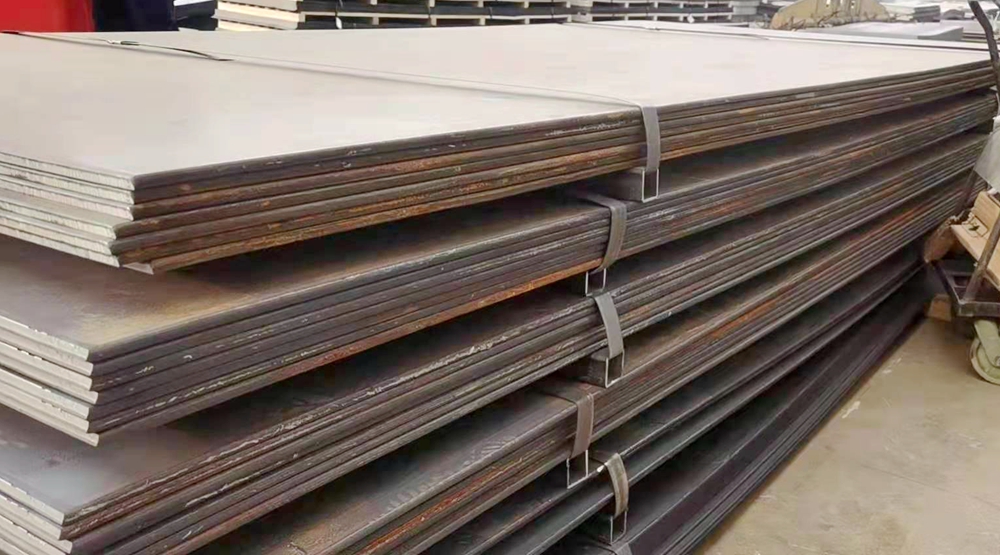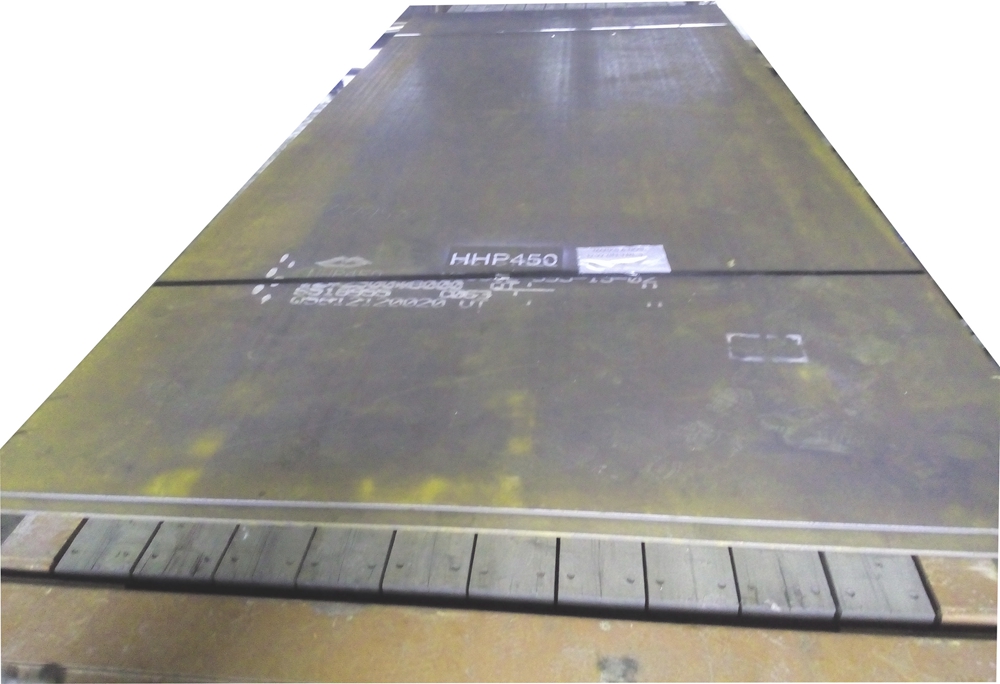On December 15, the World Trade Organization (WTO) dismissed China’s appeal regarding a dispute over automobile parts, siding with the United States, the European Union, and Canada. The WTO clearly identified China's policy of restricting foreign auto parts as an act of trade protectionism. This marks the first time since China joined the WTO in 2001 that it has lost a trade case. The Appellate Body also recommended that China adjust its import tariffs on foreign auto parts to align with international trade rules.
According to Ren Yifeng, deputy secretary-general of the China WTO Research Association, the appeal decision is final. When contacted by reporters, auto analyst Xiang Hansong remarked, "Losing a case isn’t a big deal."
**It is very common for countries to take disputes to the WTO.**
The core issue lies in China’s “Measures for the Administration of Imports of Auto Parts that Constitute the Characteristics of Complete Vehicles,†introduced in April 2005. These measures required imported auto parts to be valued at least 60% of the total vehicle value. If this threshold was not met, the same 25% tariff applied as for complete vehicles, while parts were taxed at 10%, creating a 15% difference. Officials from the Ministry of Commerce stated that these measures aimed to prevent tax evasion by smugglers exploiting the tariff gap. However, the U.S., EU, and Canada argued that the policy increased production costs in their countries, leading to job losses.
This case sparked significant industry reactions. The next day, Ministry of Commerce spokesperson Yao Jian issued a statement, saying the WTO Appeals Body corrected previous errors made by the expert panel. While China welcomed the decision, it expressed regret that other rulings from the expert group remained unchanged.
Auto analysts believe that losing such a case is not unusual within the WTO. Xiang Hansong noted, “In the WTO, Japan and the U.S. have been in a long dispute for over 20 years without resolution. Now, Japanese cars are doing well in the U.S. So, losing a lawsuit isn’t a big issue. The key is how to resolve the dispute.â€
**Will luxury car prices drop?**
Upon closer inspection, the main plaintiffs in the case were luxury brands like BMW and Mercedes-Benz. High-end cars typically rely heavily on imported parts, making it difficult to meet the 40% local content requirement. If the WTO rules in favor of the plaintiffs and removes the localization threshold, luxury brands could further reduce their tax burden, potentially lowering the prices of imported cars in China.
However, the WTO has not yet reached a final decision. According to procedure, the Appellate Body ruling will be approved by the Dispute Settlement Body within 30 days and then take effect. Once implemented, China must revise its non-compliant policies within a set timeframe, determined through negotiations or arbitration.
Zhang Xiaoyu, vice president of the China Federation of Machinery Industry, said that even if the policy is abolished, it would not significantly impact domestic automakers. Most Chinese manufacturers already achieve high levels of localization, and many companies can meet the 40% requirement through technology transfer.
“Luxury brands benefit from maintaining brand influence and quality. Lowering taxes would be beneficial for them. However, the current Chinese tax rate is in line with international standards, and the government won’t easily make concessions,†said Han Song. “The final outcome may involve negotiations between the Chinese government and luxury brands, with possible concessions on import licenses.â€
**Improving the overall level of the parts industry is crucial.**
Experts argue that while the “Measures†were designed to prevent tax evasion, they also highlight gaps in China’s legal framework. “We need to strengthen our understanding of WTO regulations and avoid being exploited by others,†one expert emphasized.
If the “Measures†are removed, it could open the door for more foreign parts companies to enter the Chinese market, potentially impacting local suppliers. Some experts note that China’s component manufacturers still lag behind their international counterparts in terms of technological capability and industrial scale.
Currently, many joint-venture companies source large parts from local suppliers. However, luxury brands often prefer overseas suppliers due to quality concerns. To compete globally, China’s parts industry needs to improve its technical capabilities and achieve large-scale, industrialized production.
As Xiang Hansong put it: “The government should do more than just ‘defend’—it should ‘protect.’ By developing and enhancing the innovation capacity of domestic auto parts companies, we can build stronger defensive capabilities for local enterprises.â€
**Reporter’s observation: China remains a key market for European and American car companies.**
When the news broke that China had lost the case, the immediate reaction was that foreign car companies were once again finding loopholes. Over the past two months, financial turmoil has affected the global economy, and the auto sector has not been spared. Global sales reports show most markets have seen declines, but China’s growth has only slowed, not stalled.
Although the “Measures†may see some adjustments, they don’t pose a real threat to Europe and the U.S. What they’re really worried about is the rising competitiveness of Chinese auto parts in the global market. They fear their own interests could be undermined by China’s low-cost, efficient companies. To stay competitive, they may need to lower prices further.
China remains a critical market in the struggling global automotive industry. How to maintain and expand its market share is a major concern for foreign automakers. We must not let a single case disrupt our progress.
AR Steel Plate
Besides
AR Plate or Q&T Steel, HP Wear Resistant Group offers various products of
wear plates namely Cr-Carbide Weld Clad Plates, Smooth Surface CCO plate, Heat
Treated Wear Plates, Casting Plates, Tungsten Carbide Coated Plates in various
grade and multiple size options.
An
abrasion resistant, quenched and tempered, high strength, fine
grained steel Wear Plate and Abrasion Resistant Wear Plate offers lower
cost wear protection. With a hardness of 250 to 320 BHN, it will
outlast hot rolled carbon plate but can still be drilled, punched, or machined
for liners and wear plates. Strength characteristics of this plate make it an
excellent choice for structural use.
Provides superior hardness to toughness ratio. AR Steel Plate is liquid-quenched and tempered
and through-hardened. The result is a plate with excellent abrasion
resistance and high impact resistance. The outstanding wear
characteristics can be attributed to the balanced chemistry and very fine
distribution of Chromium, Boron, Titanium and Molybdenum. The resulting
carbides reinforce the plate structure and provide uniform through-hardness.
Provides maximum wear
resistance from impact and sliding. The fine grained, thru-hardened alloy
steel chemistry makes this plate have the optimum hardness/toughness ratio.
The Chemicals of AR
Steel Plate
|
Chemistry
|
%
|
|
C
|
.25/.31
|
|
Mn (Max)
|
0.95
|
|
P (Max)
|
0.025
|
|
S (Max)
|
0.005
|
|
Si
|
.45/.55
|
|
Ni (Max)
|
1.00
|
|
Mo (Max)
|
0.65
|
|
Cr (Max)
|
0.75
|
|
B
|
.0005/.005
|
The Chemicals of AR
Steel Plate
|
Bark Hammers
|
Bins &
Hoppers
|
Blast Furnace Handling Equipment
|
|
Blades
|
Blow Tank
Plates
|
Buckets & Components
|
|
Bucket Lips
|
Chip Silo
Components
|
Chipper Hoods & Components
|
|
Chutes
|
Conveyors &
Liners
|
Crusher Components
|
|
Cyclones
|
Dozer Blade
Liners
|
Debarking Drum Components
|
|
Downcomer Spout
Liners
|
Drag Conveyors
|
Drums & Sprockets
|
|
Dust Collector
Systems
|
Flights
|
Fan Blades & Housings
|
|
Flatback Elbows
|
Flume Liners
|
Hammers
|
|
Hell Pads
|
Hammer Mill
Side Liners
|
Haul Truck Bed Liners
|
|
Hooks
|
Impact Plates
|
Liner Plates
|
|
Log Decks
|
Mine Cars &
Equipment
|
Hot & Cold Strip Mill Guides
|
|
Pyrite Liners
|
Sand Systems
|
Scraper Blades
|
|
Screens
|
Screw Conveyors
|
Scrap Handling Equipment
|
|
Shakeout
Machines
|
Shot Blast
Equipment
|
Skip Cars
|
|
Skirtboard
Liners
|
Sprockets
|
Transitions
|
|
Washers
|
Wear Plates
|
|


Abrasion Resistant Steel Plate,High End Abrasion Resistant Steel Plates,CDP Steel Liner Plate,Wear Plate For Chute Liners
HuiFeng Wear Resistant Group , https://www.hpwearsolution.com

